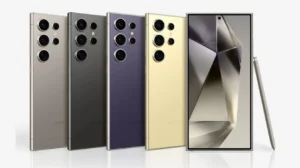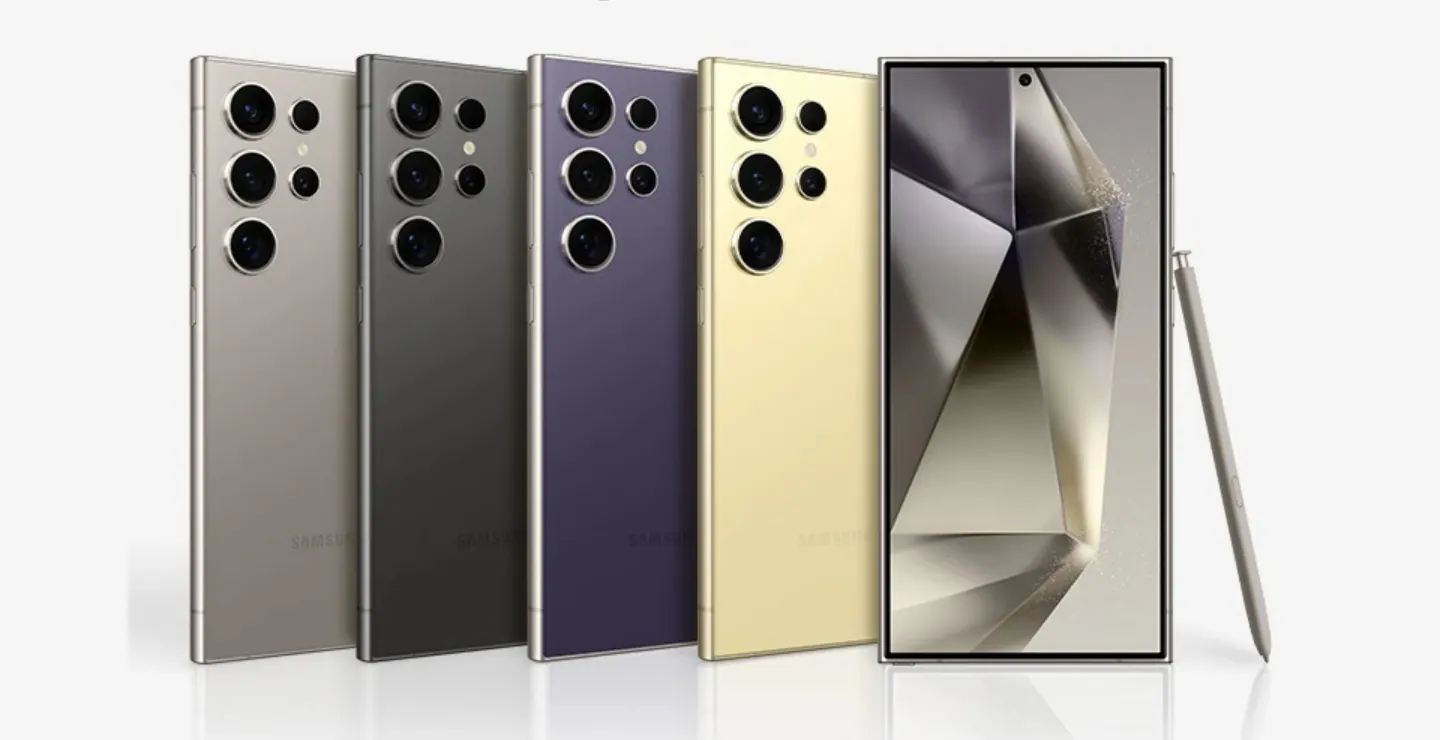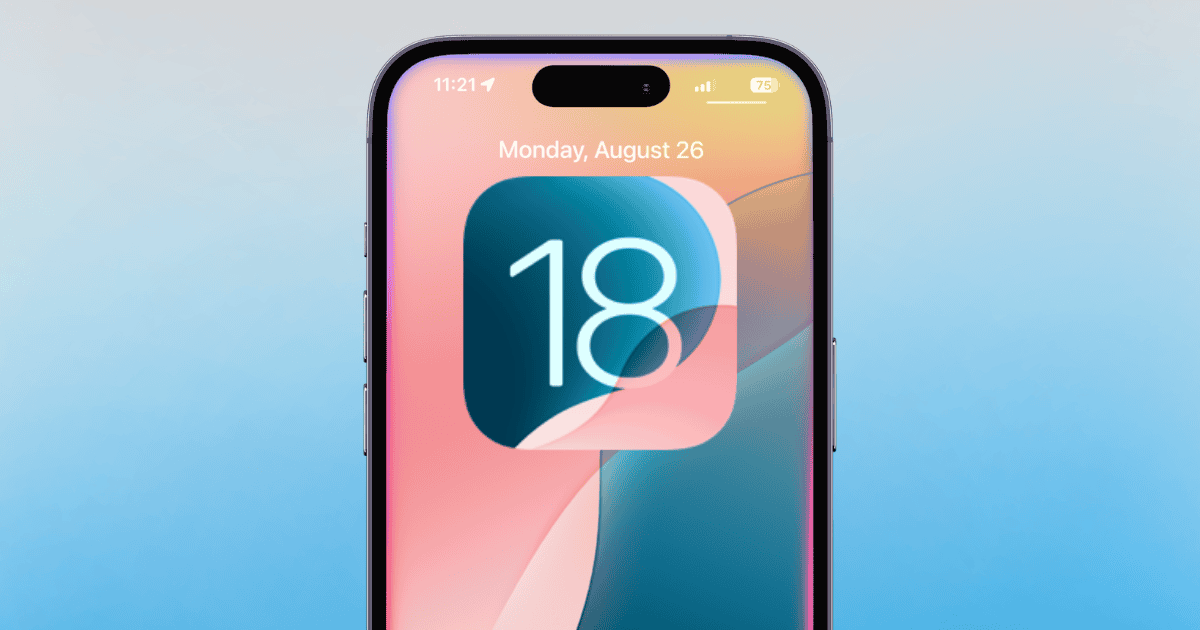In a bold move to harmonize its technological offerings, Google is strategically integrating its Android software and Pixel hardware divisions. This consolidation is designed to leverage the advancements in artificial intelligence (AI) more seamlessly across its devices and services. By uniting these divisions, Google aims to streamline its operations and enhance the AI capabilities of its Pixel devices.
The Role of AI in Google’s Ecosystem
AI is at the heart of Google’s product innovation, especially with its Google Tensor chipset and the Gemini AI model. The Google Tensor, a custom-built processor, initially launched with the Pixel 6, represents a significant pivot from traditional Snapdragon chips to a more AI-centric approach. This chipset facilitates unique AI functions directly on Pixel phones, such as advanced image processing and real-time language translation.
The introduction of Android AICore and Gemini Nano, AI models optimized for on-device operations, marks a further step in embedding AI deeply within mobile devices. These models enable features like smart reply in messaging apps and content summarization in the Recorder app, ensuring high functionality even without network connectivity.
Streamlining Operations
The reorganization within Google not only merges hardware and software teams but also aligns closely with industry best practices, similar to strategies employed by other tech giants like Apple. This restructuring allows for more integrated and rapid development cycles, potentially reducing costs and fostering innovation at a faster pace.
Moreover, the consolidation is expected to bring a more coherent and unified approach to Google’s product design and development, enabling the tech giant to better compete in an increasingly AI-driven market.
Impact on Consumer Products
For consumers, these changes are likely to translate into more robust, seamlessly integrated devices that better leverage AI to enhance user experience. Whether it’s through improved battery life, more intuitive user interfaces, or smarter cameras, the benefits of this integration will become increasingly apparent in future iterations of Google’s product offerings.
Google’s strategy to merge its Android and Pixel divisions reflects a clear vision for the future, where hardware and software are not just aligned but are fundamentally interdependent. This move is poised to make Google’s devices smarter, more efficient, and more responsive to the needs of users in an AI-driven future.
















Add Comment